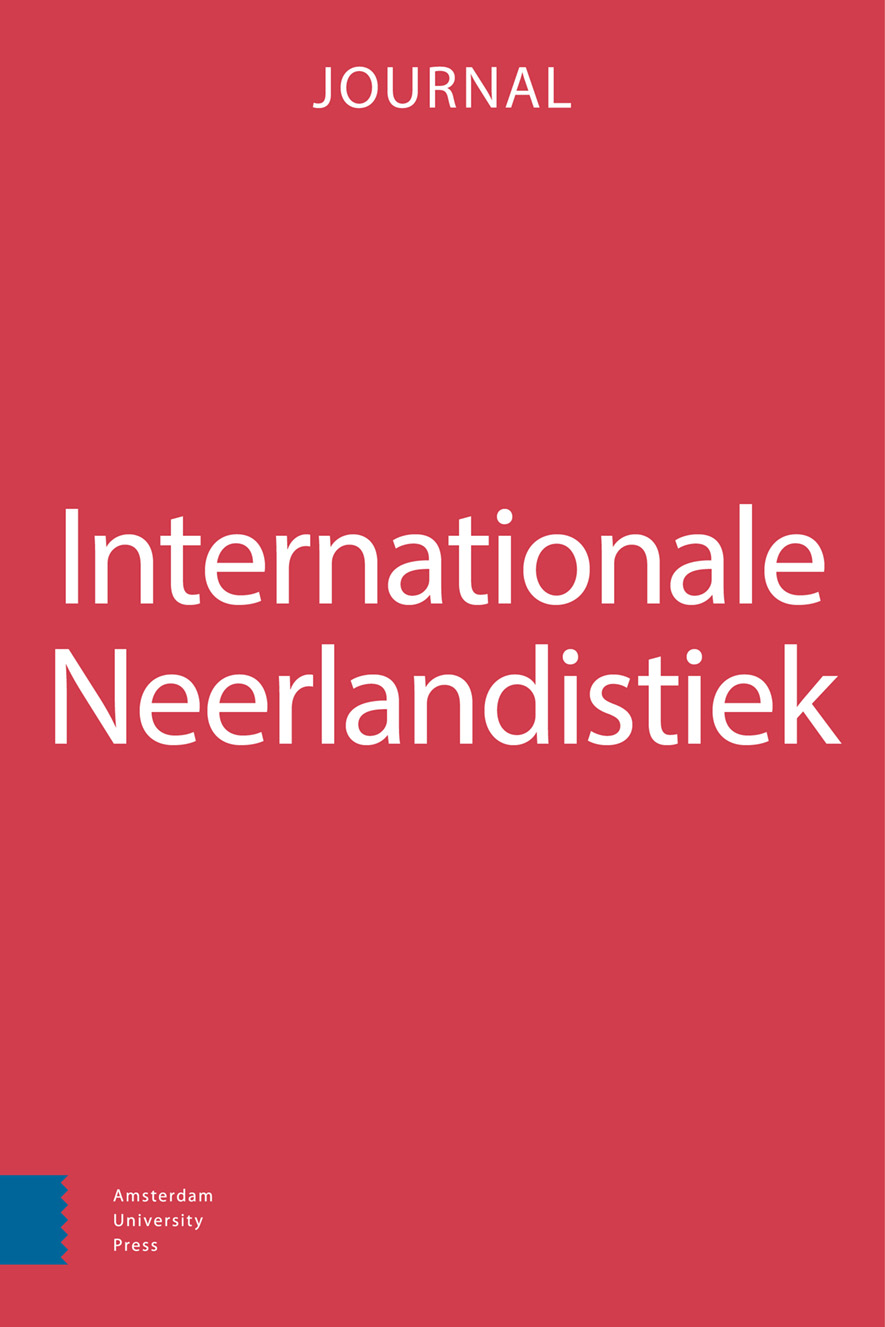-
oa In hoeverre houden geëmigreerde Nederlanders en Vlamingen in de eenentwintigste eeuw vast aan de Nederlandse taal en cultuur?
- Amsterdam University Press
- Source: Internationale Neerlandistiek, Volume 58, Issue 1, Mar 2020, p. 5 - 21
-
- 01 Mar 2020
Abstract
Research among twentieth-century Dutch and Flemish emigrants has shown that they usually gave up their mother tongue quickly, within two or three generations, after emigration. In the twenty-first century the situation of emigrants has changed drastically: due to the internet and social media it is much easier to keep in touch with the homelands. Does this have consequences for the preservation of the Dutch language and culture among emigrants? How much do emigrants value the Dutch language, culture and identity? These questions have been investigated in the pilot research ‘Vertrokken Nederlands – Emigrated Dutch’, conducted by the Dutch Language Union and the Meertens Institute and led by the author of this article. The research has been conducted using a new methodology, employing social media and citizen scientists. This article describes the results of this first worldwide study of Dutch language, culture and identity among Dutch and Flemish emigrants. The main conclusion of the research is that for the vast majority of emigrants in the twenty-first century, the Dutch language and culture still play an important role in daily life, and the Dutch language is still widely used in the country of residence, especially within the family, in social media and in online news services.


